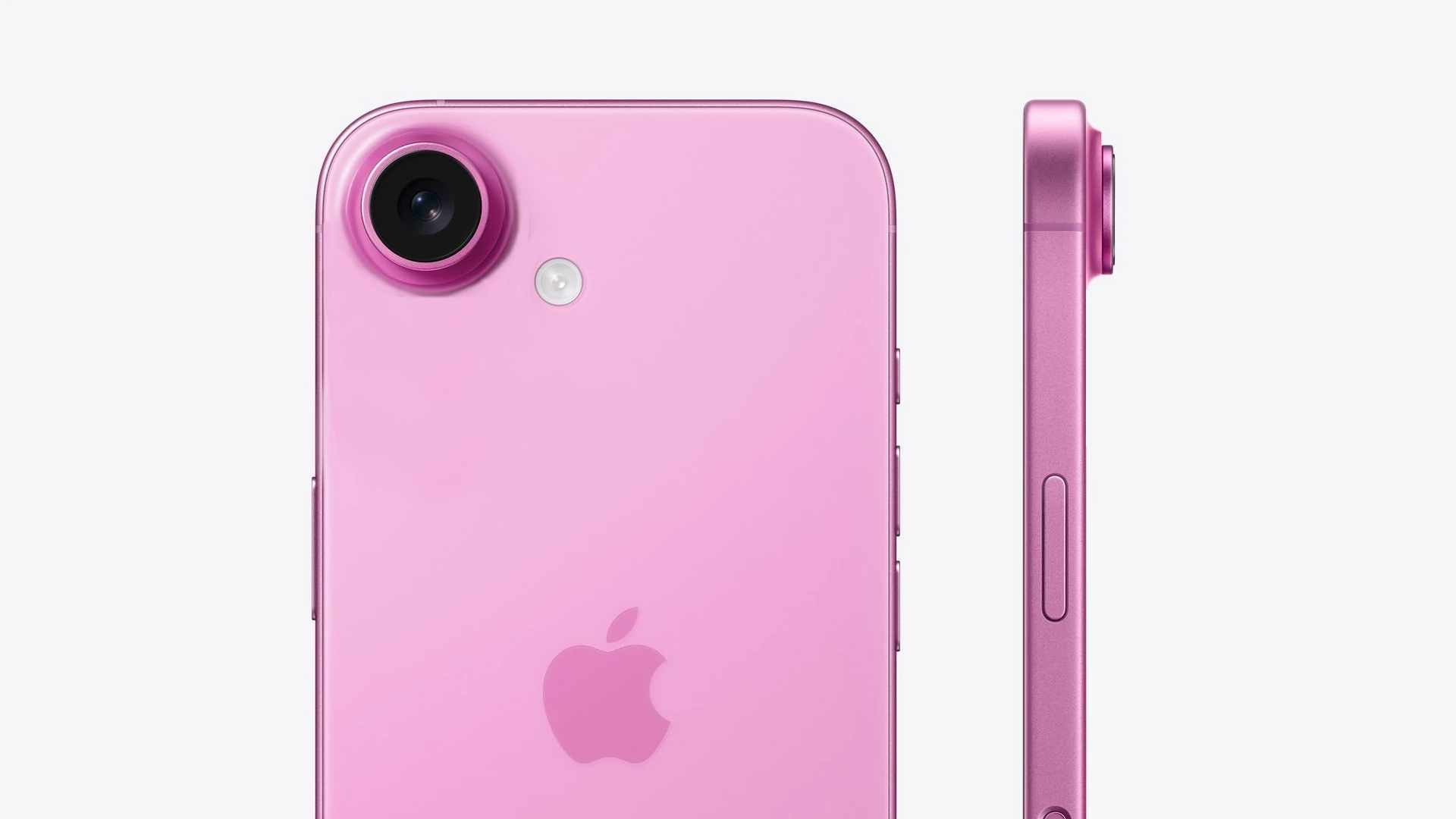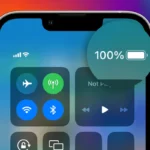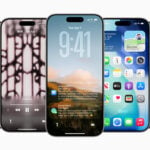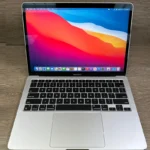The iPhone has undergone significant evolution since its launch in 2007, transforming the mobile phone industry with its innovative features. Early models focused on basic functions, while recent iterations have introduced advanced camera systems, augmented reality, and improved performance and battery life.
Analysts anticipate that the iPhone 17 will feature high refresh rate displays, promising further innovations in smartphone technology. The competitive market drives continuous advancements, and excitement surrounds upcoming announcements and potential updates. As the launch approaches, more clarity will emerge regarding the latest rumors and developments.
iPhone 17 Display Enhancements
iPhone 17 series is poised to introduce high refresh rate displays, marking a significant shift in the product lineup and potentially democratizing ProMotion technology across all models.
What is a High Refresh Rate?
A high refresh rate means how many times per second a screen updates its image. It’s measured in Hertz (Hz). A 60Hz screen refreshes 60 times per second, while a 120Hz screen refreshes 120 times per second. A higher refresh rate makes motion look smoother. This is especially noticeable when scrolling, playing games, or watching fast-paced videos.
ProMotion on iPhones
Apple introduced ProMotion, its name for adaptive high refresh rate technology, with the iPhone 13 Pro. ProMotion can dynamically adjust the refresh rate up to 120Hz. This means the screen refreshes faster when you need it, like when playing a game, and slower when you don’t, like when reading text. This saves battery life.
Rumors About the iPhone 17
Current rumors suggest Apple might bring high refresh rate screens to all iPhone 17 models. This would be a big change, as this feature is currently only on the Pro models. If true, even the standard iPhone 17 would have smoother scrolling and better responsiveness.
Benefits of 120Hz Displays
- Smoother Motion: Animations, scrolling, and videos appear much smoother.
- Improved Gaming: Games feel more responsive, with less motion blur.
- Better User Experience: The overall feel of using the phone is more fluid.
Potential Drawbacks
- Battery Life: High refresh rates can use more battery. However, adaptive refresh rate technology like ProMotion helps to minimize this.
- Cost: Including this technology in all models could slightly increase the price of the standard iPhone 17.
Comparing Refresh Rates
| Refresh Rate | Description | Typical Use |
|---|---|---|
| 60Hz | Standard refresh rate. | Basic tasks, browsing, email. |
| 90Hz | Smoother than 60Hz, but less so than 120Hz. | Some mid-range phones. |
| 120Hz | Very smooth, ideal for gaming and fast motion. | High-end phones, gaming devices. |
What This Means for You
If you’re considering buying an iPhone 17, the potential inclusion of a 120Hz display on all models is a significant plus. It would provide a noticeable improvement in the user experience. Whether you’re a gamer, a video watcher, or just someone who appreciates smooth scrolling, this feature is worth considering.
Beyond Refresh Rate: Other Display Considerations
While refresh rate is important, other display features matter too. Screen size, resolution, and panel type (OLED or LCD) also impact the viewing experience. OLED screens, for example, offer better contrast and deeper blacks than LCDs. Look for a combination of good features to get the best display overall. Many people are also interested in the peak brightness of the display, especially if they spend a lot of time outdoors. A higher peak brightness ensures that the display is still easily visible, even in bright sunlight.
Short Summary:
- The iPhone 17 series may all feature high refresh rate displays with ProMotion technology, traditionally exclusive to Pro models.
- Industry insiders suggest the use of LTPO panels, which support variable refresh rates from 1Hz to 120Hz, enhancing user experience.
- This transition could set a new standard for iPhone displays, phasing out the 60Hz refresh rate that’s been prevalent in earlier models.
This speculated update for the iPhone 17 is making waves, driven by insights from notable sources in the tech community. According to Digital Chat Station, a reputable leaker on Weibo, the implementation of higher refresh rates across the forthcoming iPhone series appears to be substantiated by supply chain material evidence. Historically, ProMotion, with its ability to offer refresh rates of up to 120Hz, has been a feature exclusive to Apple’s Pro models.
The iPhone 17 series, expected to be unveiled in September 2025, aims to revolutionize standard features by integrating LTPO (low-temperature polycrystalline oxide) technology in all models, including the base iPhone 17. This change not only promises smoother scrolling and better video playback but also enhances overall power efficiency. Currently, the iPhone 16 and iPhone 16 Plus models utilize LTPS (low-temperature polycrystalline silicon) panels that cap refresh rates at 60Hz.
According to comments from Ross Young, a well-respected analyst from Display Supply Chain Consultants, both the standard iPhone 17 and a yet-to-be-named slim version, dubbed the “iPhone 17 Air,” will be equipped with ProMotion displays. These improvements shine a light on Apple’s potential strategic shift toward equalizing display technology across its entire range of iPhones, thus diminishing the distinguishing features that have historically separated Pro models from their more affordable counterparts.
ProMotion technology operates by enabling variable refresh rates, which fundamentally enhances user experience by creating smooth animations and interactions. Its adaptive nature allows the display to drop to as low as 1Hz for static content, such as the always-on display features on Pro models, while ramping up to 120Hz for demanding graphics, such as in video games and fast-paced applications.
“When the iPhone 17 launches with ProMotion, Apple’s flagship lineup will finally leave the 60Hz displays behind, bringing them in line with many competitors in the industry,” said Young.
The shift to LTPO technology across all iPhone 17 models symbolizes Apple’s response to a growing pressure from Android competitors, who have largely abandoned 60Hz refresh rates in high-end devices. In the years leading up to this announcement, rumors about Apple integrating high refresh rates into non-Pro models have gained traction. These speculations date back as far as February, suggesting that LTPO technology would be embraced across iPhones starting with next year’s lineup.
It’s worth noting that while analysts and leakers are optimistic about this change, some industry observers remain wary. For instance, sentiments expressed by other analysts suggest that Apple often aligns its Pro features exclusively with higher-tier models. Speculation remains that the standard iPhone 17 might feature a refresh rate of around 90Hz instead, presenting a potential compromise while still improving upon the 60Hz baseline.
“I wouldn’t be surprised to see Apple introduce a new marketing term for a slightly lower refresh rate, like ‘Liquid Motion,'” a speculated industry insider mentioned during a recent discussion.
In addition to the expected advancements in display technology, the iPhone 17 line-up is rumored to come with larger 24MP front-facing cameras, surpassing the 12MP resolution present in current models. Furthermore, Apple’s decision to potentially implement its own customized Wi-Fi and Bluetooth chip across the iPhone 17 models indicates a move towards greater integration and optimization of hardware.
As the excitement builds toward the potential launch of the iPhone 17 series, tech enthusiasts and consumers alike are curious how Apple’s lineup will evolve. Apple has traditionally reserved premium features for its Pro iterations, yet the technological advancements in display technology indicate a potential shift in strategy. Such a move could enhance accessibility to high-quality screen experiences without necessitating a jump to higher-priced models.
While we await confirmation from Apple, the anticipation surrounding the iPhone 17 continues to generate considerable online buzz. Particularly, with the impressive technological capabilities on display in rival smartphones, Apple’s ability to captivate and inspire its customer base hinges on its willingness to adapt and innovate.







